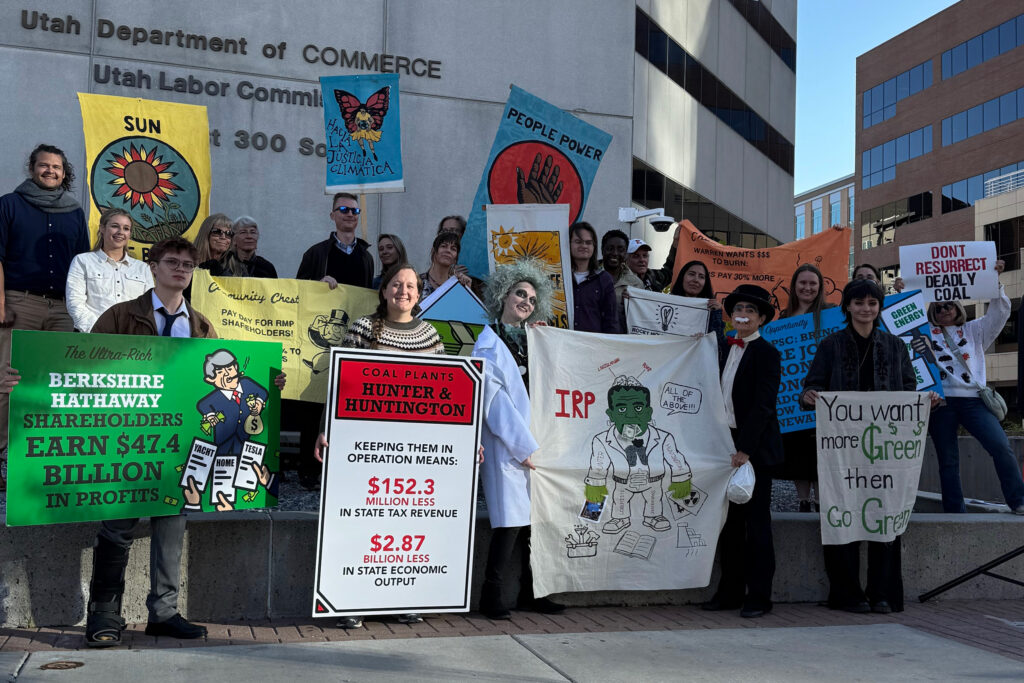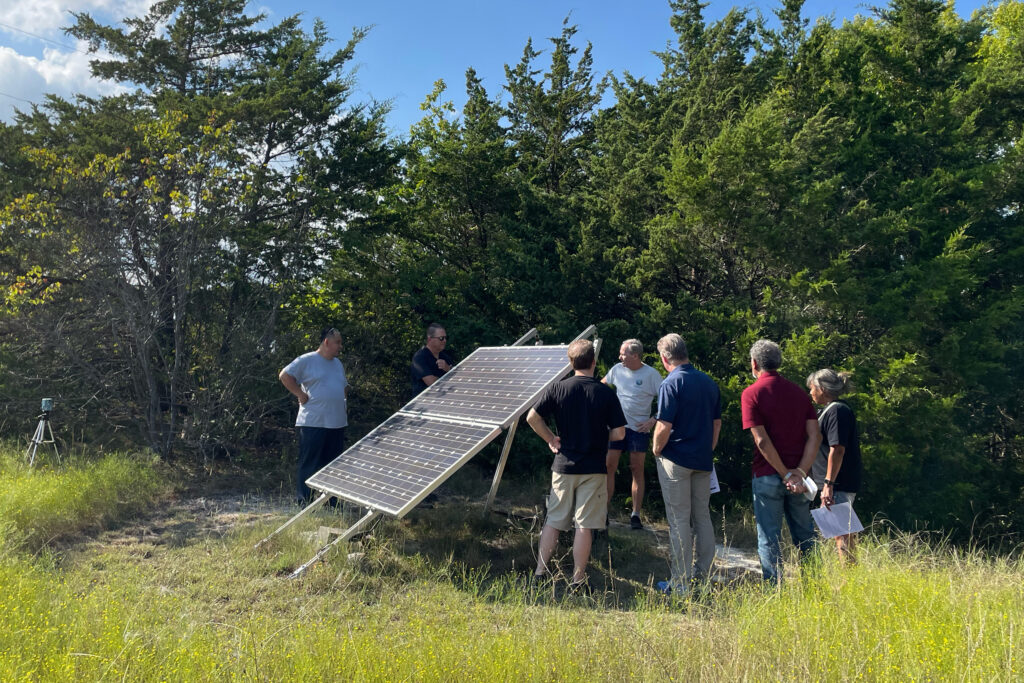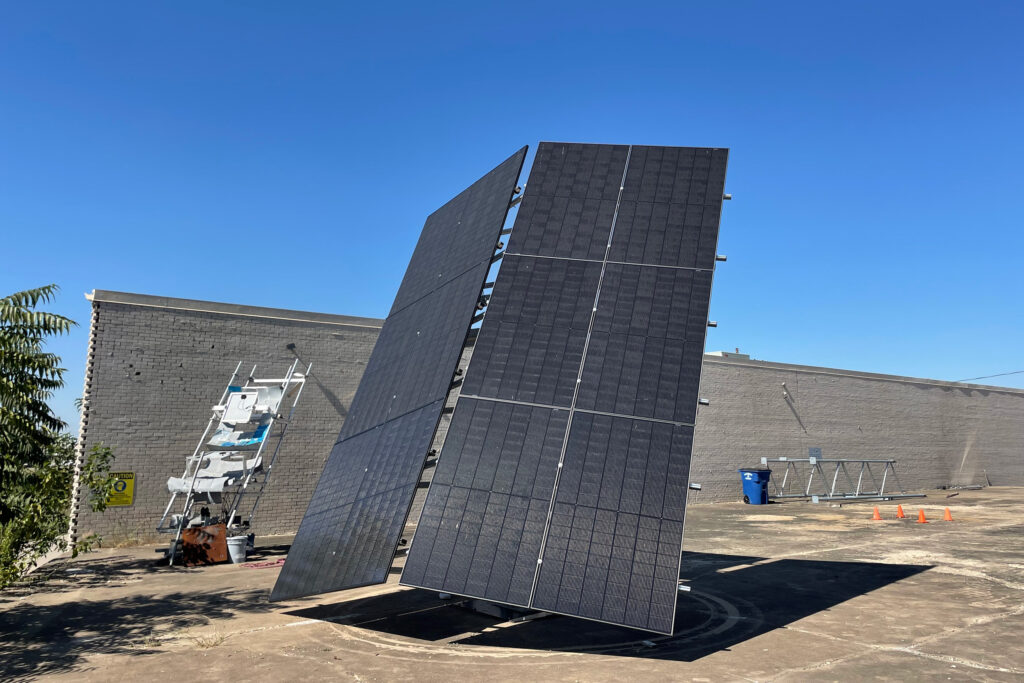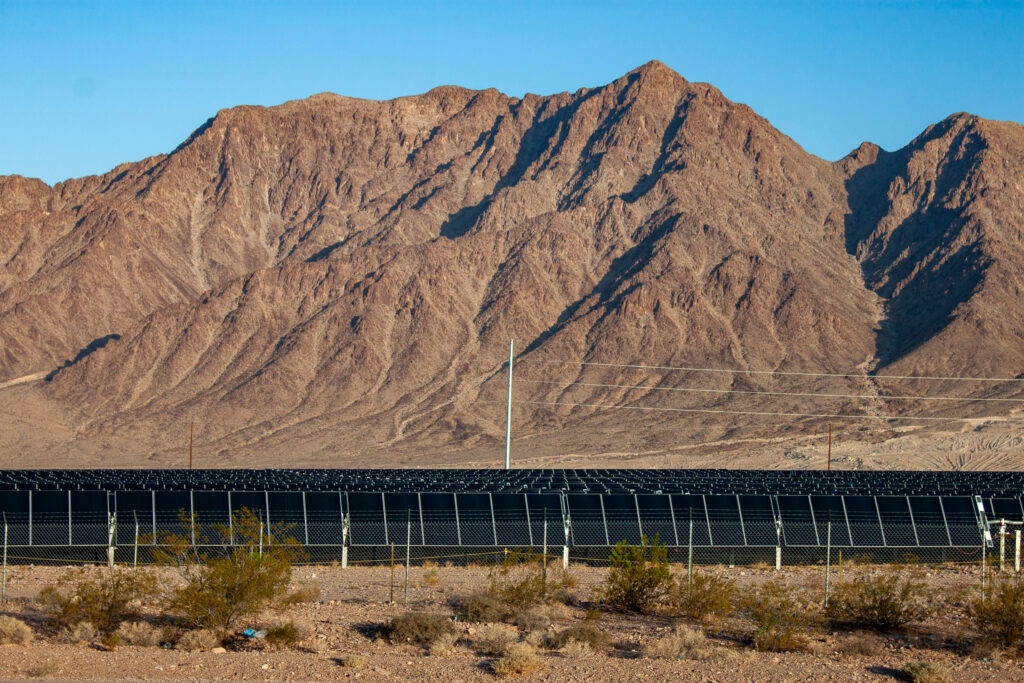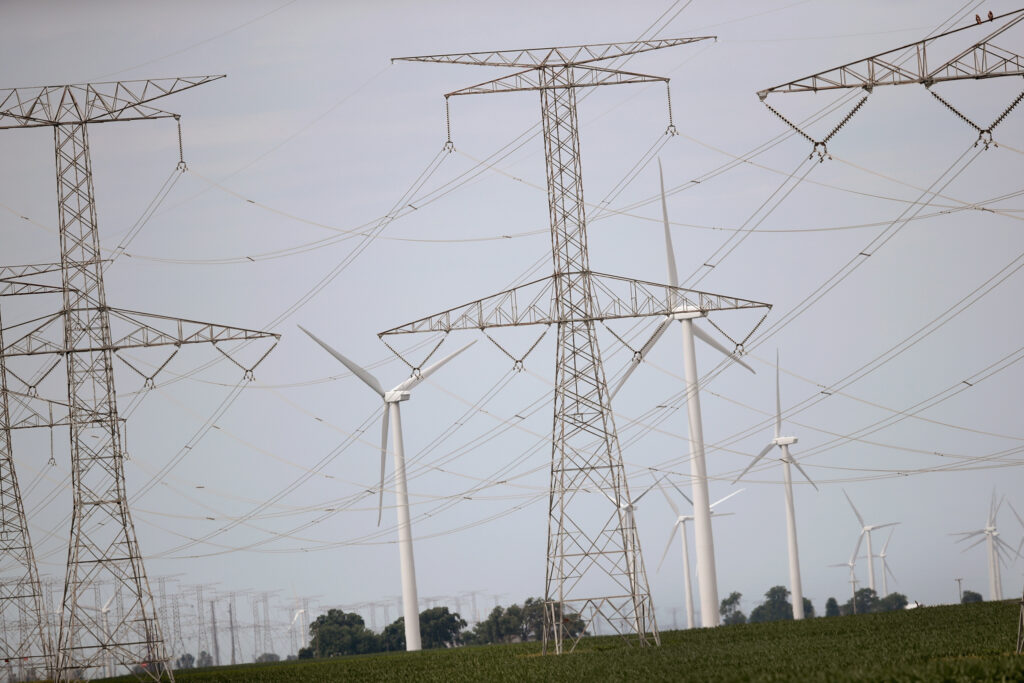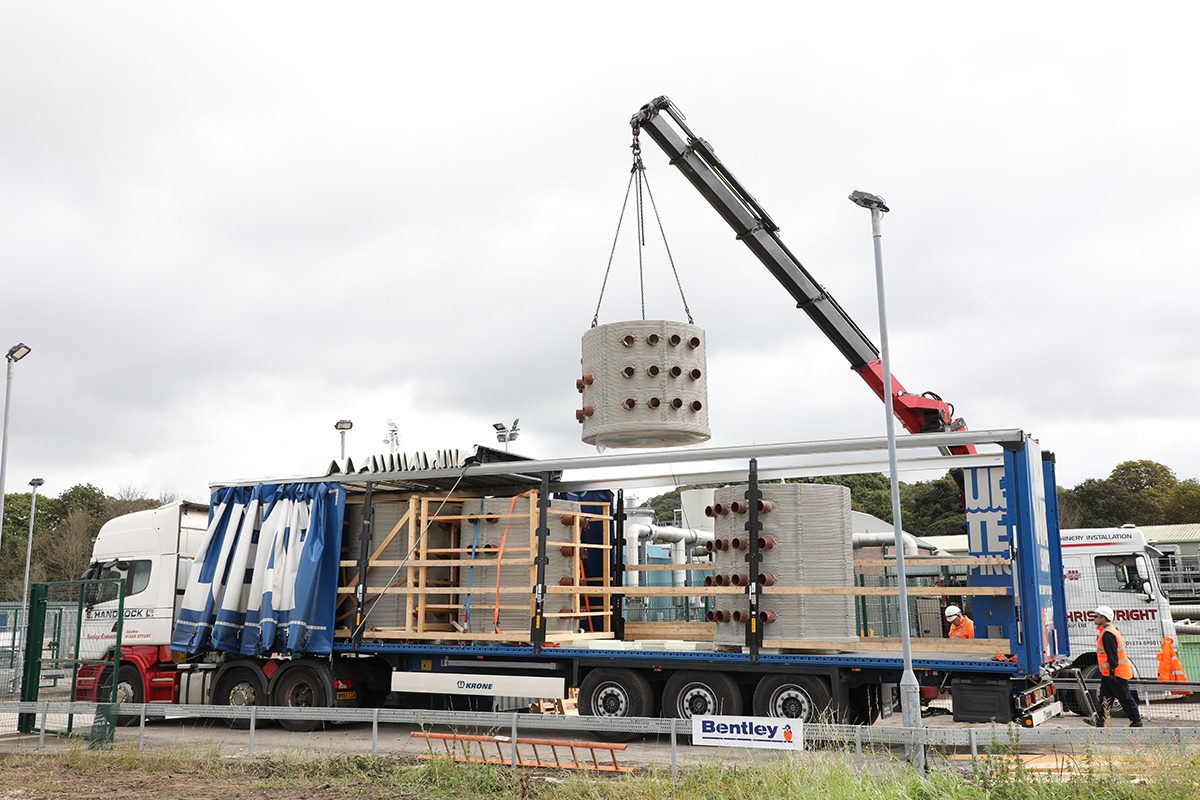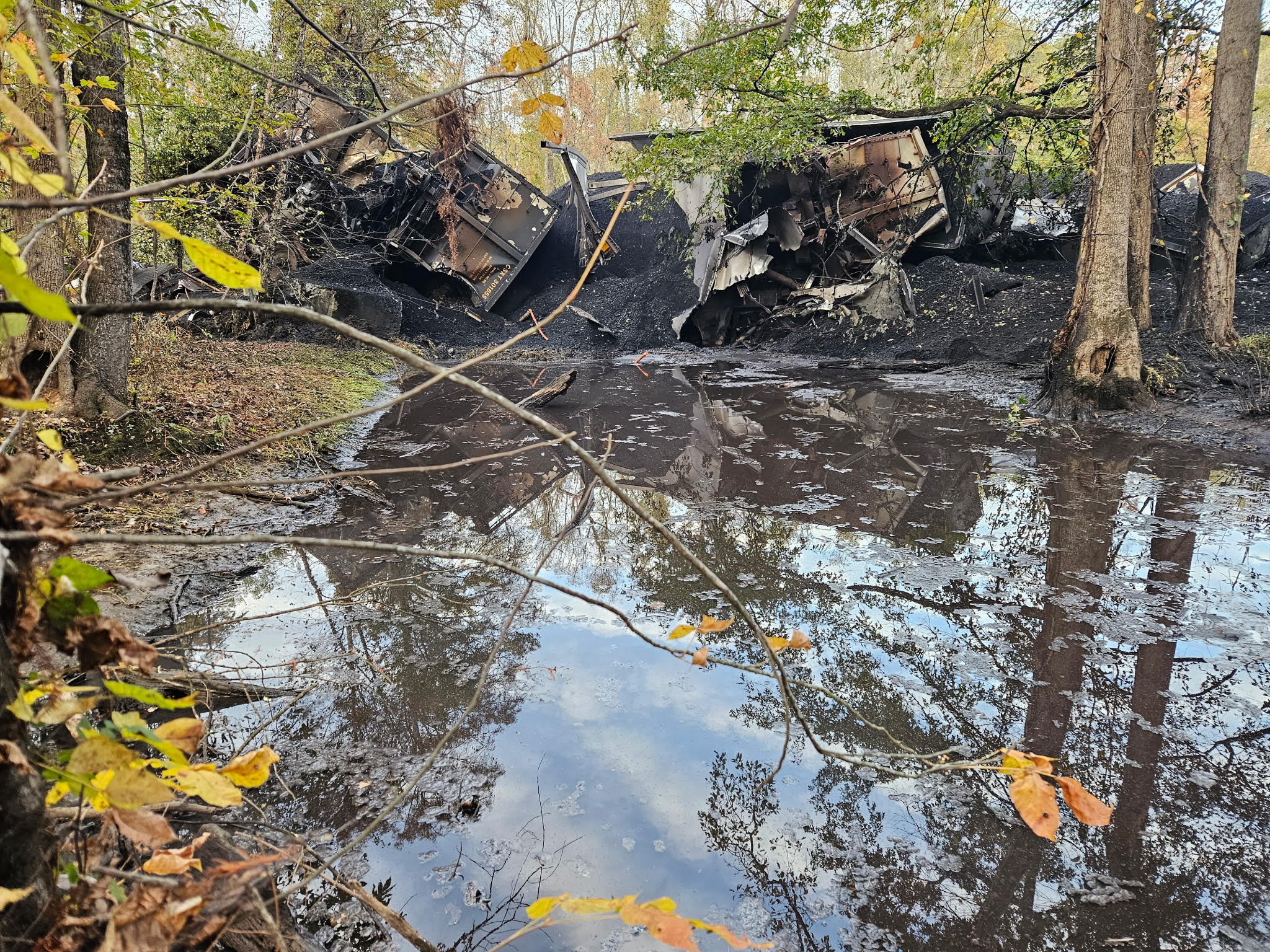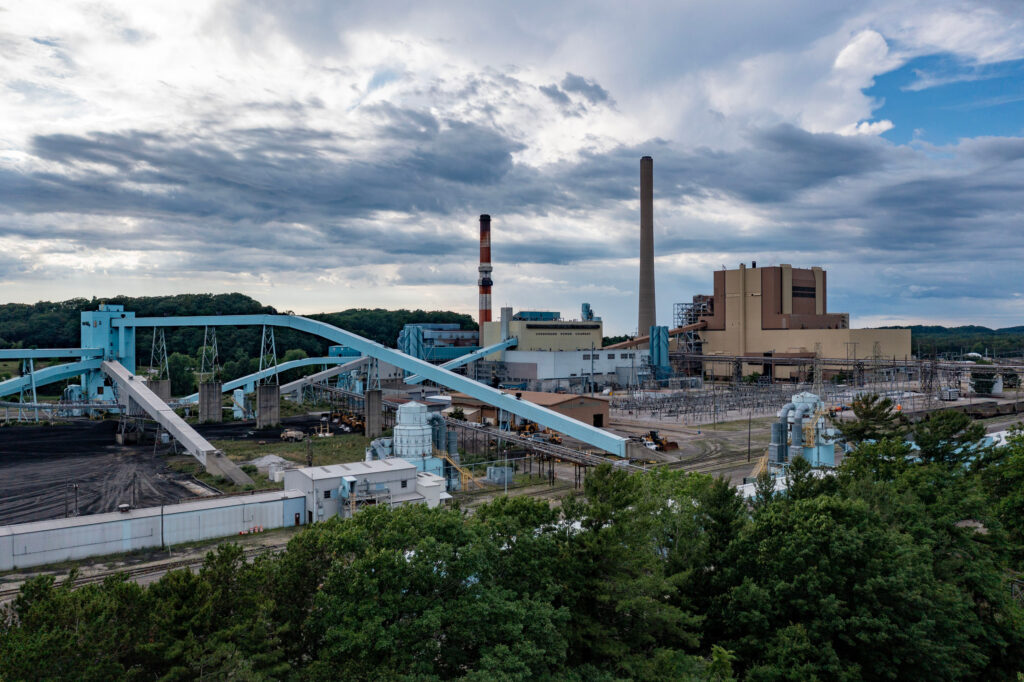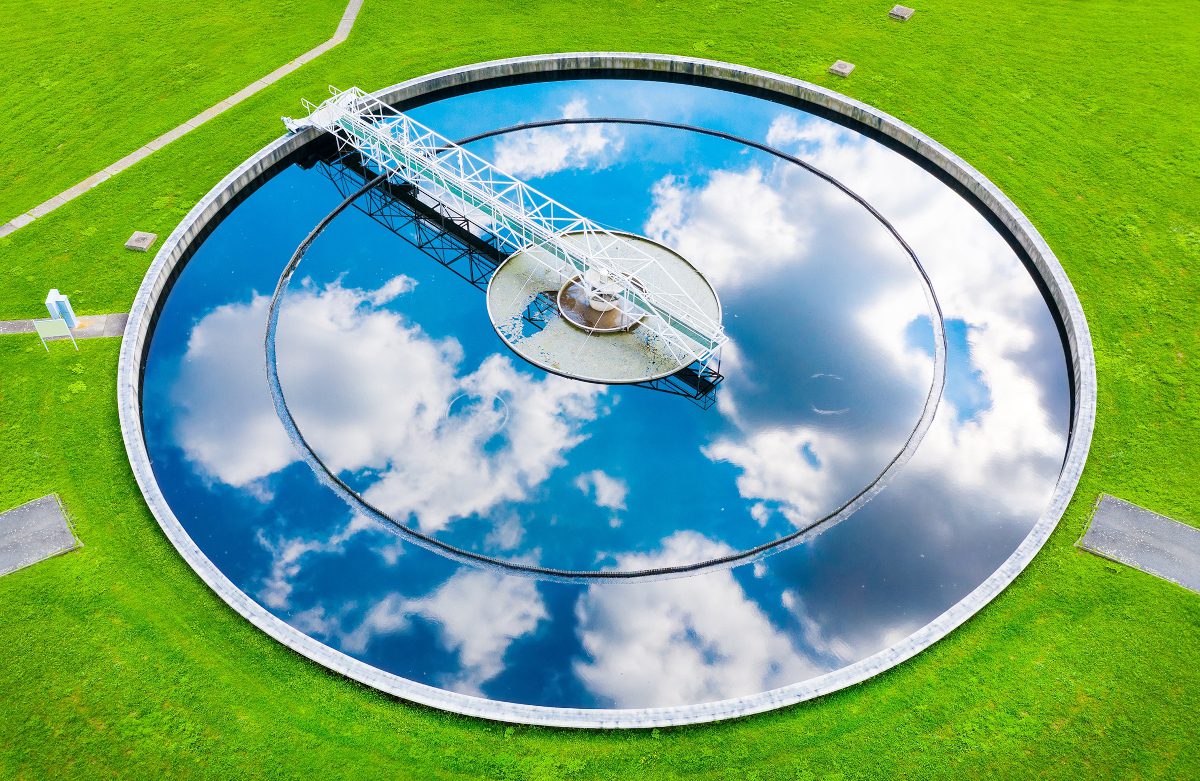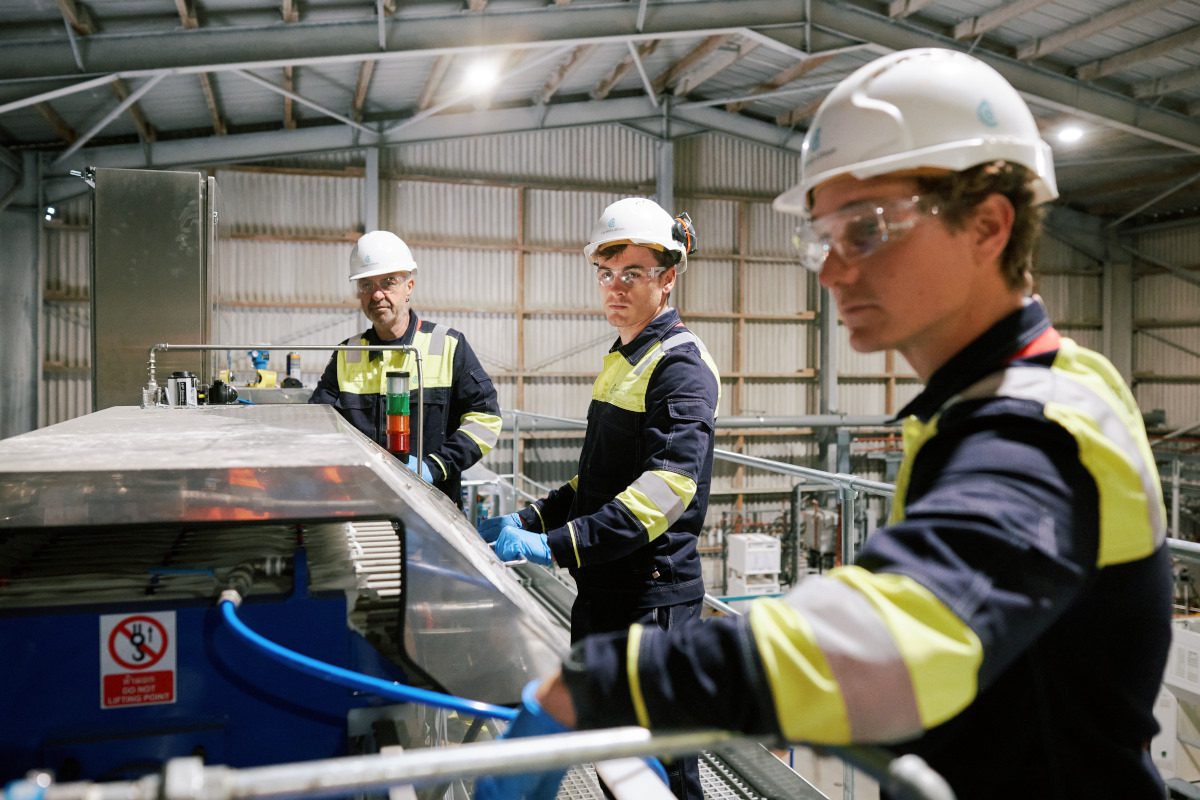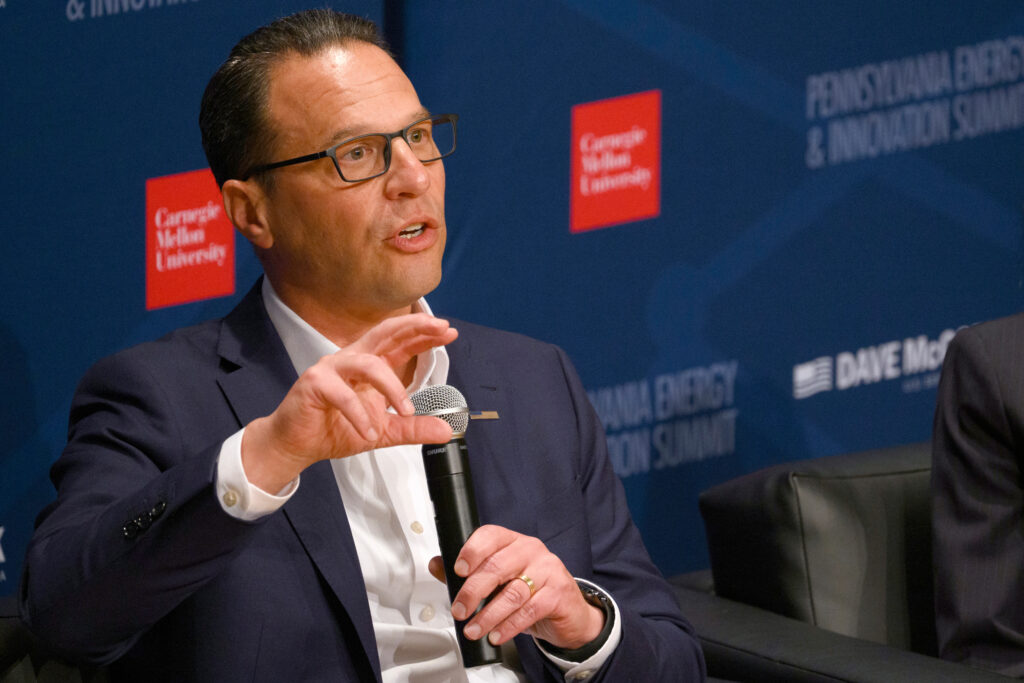Michigan has 24,000 known contaminated sites, a legacy of heavy manufacturing where industries carelessly discarded hazardous materials with minimal regulatory oversight. Taxpayers are often left to clean up these abandoned locations, known as brownfields, while the sheer volume of toxic sites has overwhelmed state regulators.
With a little effort, these spaces can be more than a permanent blight on the landscape. Kelly Thayer, senior policy advocate with the state’s Environmental Law & Policy Center, envisions a future where Michigan’s brownfields are transformed into sites for diverse solar energy projects.
The potential for new solar siting in Michigan aligns with growing nationwide support of the technology, according to a survey co-led by the University of Michigan. Among residents living within three miles of solar energy developments, positive opinions about the projects outnumbered negative ones by almost a 3-to-1 ratio.
For the study, a large-scale solar project was defined as a ground-mounted photovoltaic system that generates one megawatt or more of direct current. The majority of respondents lived near new greenfield solar sites—“disturbed” industrial locations or retiring coal plants were strongly preferred for solar development over forests or productive farmland.
We’re hiring!
Please take a look at the new openings in our newsroom.
See jobs
Thayer, from Frankfort on the shores of Lake Michigan, said there is already precedent for solar on former industrial land in his home state. A 120-megawatt solar array on a long-vacant mining operation in Michigan’s Upper Peninsula, for example, was met by residents with little controversy.
Yet, a Michigan Department of Natural Resources proposal to transition a former oil-and-gas plot in Gaylord to solar energy was met with substantial public backlash in January. Following resident protests against tree and grassland removal for the solar array, the agency extended the public comment period and halted state land leases for solar projects.
This limbo period gives Michigan a chance to readjust its solar siting approach, with an emphasis on distressed lands that would allow the technology to flourish, Thayer said.
“The work now is to chart the near-term future of how Michiganders get their energy,” said Thayer, whose advocacy group focuses on renewable energy and clean transportation solutions for the Midwest. “This can be talked about through the lens of climate or the environment, but the public health ramifications are enormous as well.”
A Vital Asset
Last year, the state of Michigan won a $129 million grant from the U.S. Environmental Protection Agency for utility-scale renewable energy projects, including those on brownfields. These “orphan” industrial plots—landfills, auto plants and other properties left to molder by private industry—are vital assets for a state seeking to reduce its reliance on fossil fuels, noted Thayer.
Michigan aims to be a national climate action leader, driven by Gov. Gretchen Whitmer’s 2050 carbon neutrality goals. Among the tenets of the MI Healthy Climate Plan is streamlining the siting process for wind, solar and battery storage projects. State legislation like Senate Bill 277, meanwhile, includes solar facilities as a permitted use for farmers under the Farmland and Open Space Preservation Act.
Thayer’s organization, the Environmental Law & Policy Center, also views retiring coal plants as potential solar energy hubs, considering that they are already connected to the energy grid. For instance, the organization helped develop a blueprint for the Dan E. Karn coal plant site, slated as the future home for an 85-megawatt solar energy site expected to be operational in 2026.
“These are flat, highly-disturbed sites that also have a substation in place that’s hard-wired to the grid,” Thayer said. “Having that infrastructure saves millions in development, and saves time because it takes four or five years to add new energy resources to the grid.”
This story is funded by readers like you.
Our nonprofit newsroom provides award-winning climate coverage free of charge and advertising. We rely on donations from readers like you to keep going. Please donate now to support our work.
Donate Now
Some Michigan clean energy projects are hindered by years-long grid connection delays as well as restrictive zoning ordinances that impede their development. In addition, Michigan lacks a comprehensive database of brownfields that detail key characteristics sought by solar developers, said Julie Lowe, brownfield coordinator for the remediation and redevelopment division of the Michigan Department of Environment, Great Lakes, and Energy (EGLE).
“Developers will have to use multiple resources to site projects on known sites of contamination,” said Lowe. “They need databases for tree canopy cover, or have to do site reconnaissance to eyeball the slope and see if it fits their needs.”
An Array of Solar Options
EGLE does offer a list of guidelines for anyone asking to purchase a contaminated property for renewable energy development. Prospective buyers must conduct a two-phase Baseline Environmental Assessment before moving ahead with a project. Due diligence may encompass a deep dive into a site’s former use, as well as comprehensive testing of soil or groundwater samples.
“You may have to go back to the 19th century to determine what the property was used for,” Lowe said. “And there might be drilling or radar work needed to see if there’s something in the ground. For brownfields, we see solvents [in the soil] for dry cleaning or auto repair, because those were chemicals used in those activities.”
Various brownfield incentives and programs may subsidize environmental remediation or any additional assessment a site requires, added Lowe. EGLE’s Brownfield Tax Increment Financing utilizes the rise in tax revenue from a revitalized site to reimburse developers for the cleanup and demolition work that generated that increase.
That is not to say developers should always foot the bill, said Thayer. A series of “polluter pay” laws—which force parties responsible for contamination to pay for site cleanup and remediation costs—are currently being proposed by Michigan lawmakers. Thayer also advocates for virtual power plant programs, enabling utilities to pay homeowners with solar and battery storage to contribute stored power during peak demand.
Community solar, which involves installing arrays on vacant lots or working farmlands, can be another multi-billion-dollar boon for Michigan, said Thayer. According to a 2021 study by Michigan State University, community solar could deliver a nearly $1.5 billion boost to the state’s economy over the next 30 years.
For now, Michigan officials should prioritize cleaning up and advancing solar energy projects on the state’s innumerable polluted brownfields, said Sarah Mills, a University of Michigan researcher who directs the Center for EmPowering Communities at the Graham Sustainability Institute.
“I go to meetings about large renewables projects, and it’s mostly for farmland,” said Mills. “People will say, ‘Why here, why not a brownfield?’ From a community acceptance perspective, this is what most people consider a no-brainer.”
About This Story
Perhaps you noticed: This story, like all the news we publish, is free to read. That’s because Inside Climate News is a 501c3 nonprofit organization. We do not charge a subscription fee, lock our news behind a paywall, or clutter our website with ads. We make our news on climate and the environment freely available to you and anyone who wants it.
That’s not all. We also share our news for free with scores of other media organizations around the country. Many of them can’t afford to do environmental journalism of their own. We’ve built bureaus from coast to coast to report local stories, collaborate with local newsrooms and co-publish articles so that this vital work is shared as widely as possible.
Two of us launched ICN in 2007. Six years later we earned a Pulitzer Prize for National Reporting, and now we run the oldest and largest dedicated climate newsroom in the nation. We tell the story in all its complexity. We hold polluters accountable. We expose environmental injustice. We debunk misinformation. We scrutinize solutions and inspire action.
Donations from readers like you fund every aspect of what we do. If you don’t already, will you support our ongoing work, our reporting on the biggest crisis facing our planet, and help us reach even more readers in more places?
Please take a moment to make a tax-deductible donation. Every one of them makes a difference.
Thank you,




